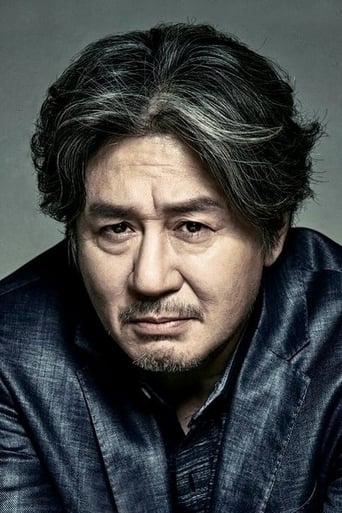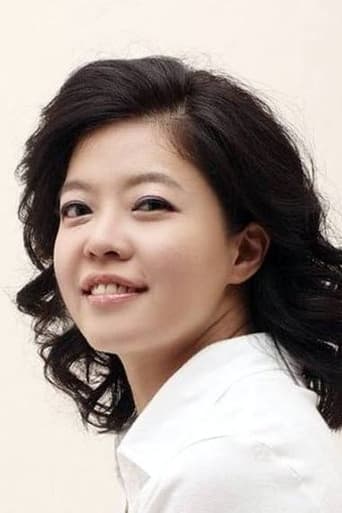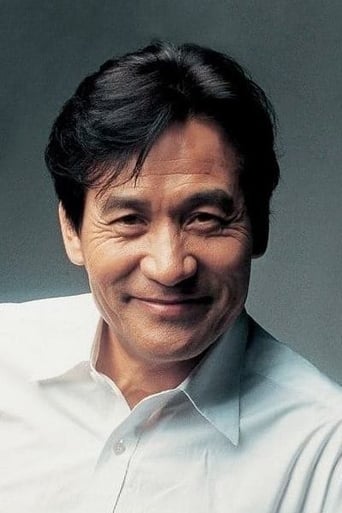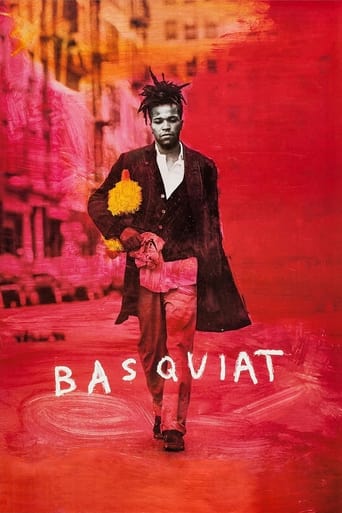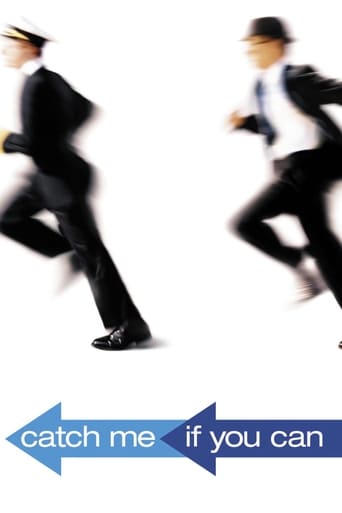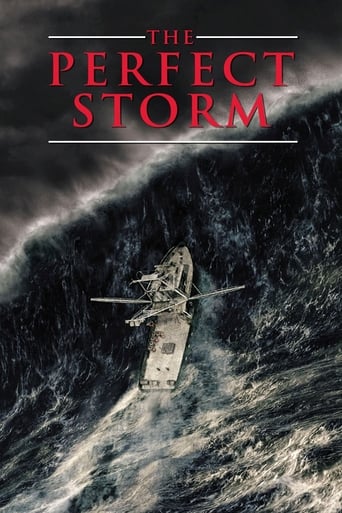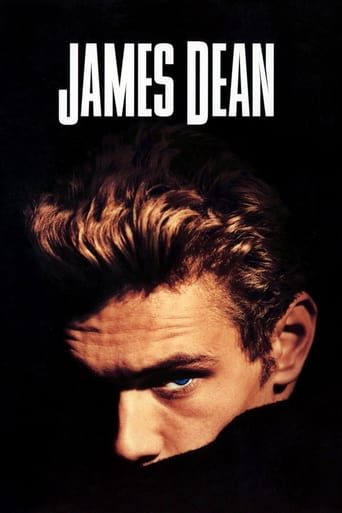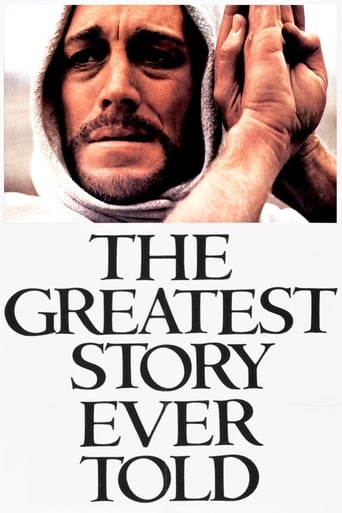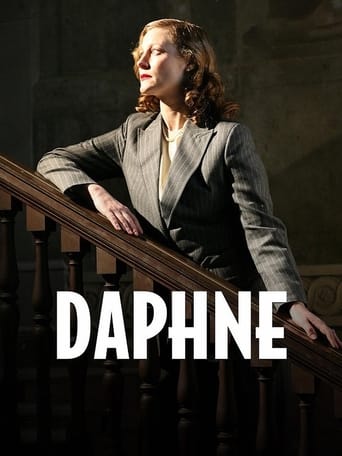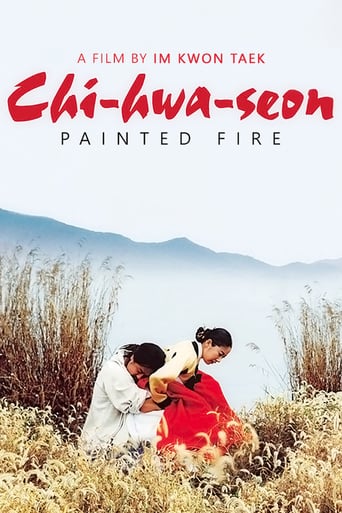

Painted Fire (2002)
In a time of political and social unrest in 19th century Korea, uncouth, self-taught painter Jang Seung-up explores his natural talent amidst the repressive world around him.
Watch Trailer
Cast


Similar titles
Reviews
Nobody, least of all me, will argue about the visual beauty of this film. It is very well done with majestic scenes of nature as well as tight claustrophobic shots of a tormented man at work in his shuttered studio. As a period piece it comes across as very authentic, and I give it high marks for its sets & costumes. So why didn't I like "Painted Fire"? Because I feel if you're going to do a film about an artist (or musician or writer or poet), of utmost importance is to convey exactly what drove, inspired and influenced the artist.Excellent examples include "Amadeus" (1984) which showed Mozart being propelled by arrogance and perhaps moreso by his need to please and/or escape his domineering father. Or "Frida" (2002) shows that Frida's Kahlo's grotesque, often self-deprecating sexual paintings were the result of her dysfunctional romance and sexual subversion by her husband/mentor Diego. These films seek to explain the idiosyncrasies of the artists' works by digging deep into the personality, the psychology and the philosophies that drove the artist. That's why I like to watch films about artists--to get insight that we don't learn from textbooks.Here in "Painted Fire" it felt more like a textbook reading of the life of Ohwon. It shows his base beginnings as an orphan who, in adolescence, joins the house of an aristocrat. Abruptly jumping ahead 20 years, it shows him as a frustrated drunk. He fights hard to divest himself of his vulgar origins but always swings back to his uncooth nature (drinking, womanizing). But why? What made him act the way he did? And how did it imprint the themes of his art? Not much of a connection is made; the man is shown to suffer from demons, but we are never shown what these demons are nor how they influenced his art. There are a few scenes where a peripheral character is whispering in the background about the symbolism in Ohwon's art ("The bird symbolizes freedom..."), but that's more of a broad cultural analysis rather than an analysis of Ohwon's psyche.I am a fan of Ohwon's paintings and have always been hypnotized by how beautifully he painted animals and the majesty of trees. In my mind I fashioned a painter who found great solace and order in nature while conspicuously avoiding human subjects. This could have been a great point to investigate in the film. Did he love animals? Did he fear humanity? None of this is in the film, and none of his paintings are explained. We just see a drunk, crass man who possesses a rare artistic talent. What a missed opportunity.Again, contrast this against, say, a scene in "Immortal Beloved" where Beethoven's reclusive genius is exposed as the result of his shame of being deaf and struggling to keep it secret. At the same time Beethoven is shown to have a great capacity to love, but explosively bitter when love is unrequited. In a scene he loses the love of his life because his carriage gets stuck in the mud on a stormy night, and as we watch the man's torment we hear his music "Apassionata" in conjunction with the frantic beating of the horses' hooves. Every work of art has its particular motive, and it's always fun to learn what that motive is."Painted Fire" does not give us motive. It left all my questions about Ohwon unanswered, presenting only a visual representation of what I already read in biographies. It gives us a good feel for what it was like to be alive in Korea in the late 1800s, it paints the culture and political unrest of a nation in flux. But none of this really seems to affect Ohwon. He is just a particle awash in this cinematic sea.I can definitely see how it would win at Cannes because, on a technical level it should wow any film connoisseur. But on a literary level--meaning the act of telling a story and theme--it did not satisfy me. For that, I return to the works of Kurosawa, Teshigahara and even modern Asian masters like Takeshi Kitano, because I love their ability to incorporate cinematic prowess with the poetry of thought. "Painted Fire" was not an unpleasant experience, but I can't say it did anything exceptionally good for me.
It is not surprising that this film was made by I'm at the time it was. I'm examined the early beauty and tragedy of Chosun Dynasty life in Seopyonje and delightfully explored a well-known Korean folk tale in Chunhyang, and these comprised his last two films. What is most surprising is that Chi Hwa Seon, his 2002 offering, is not presented in the pansori style of those previous two films.Nonetheless, the experienced hand of I'm comes through. We explore together the life of a real person: a late nineteenth century Chosun Dynasty painter who rides on the edge of modernity but who is not a noble and who, because of that, causes a stir in contemporary Korean society with his fame and his public and artistic expressions of disdain for the old Korean noble class and his contempt for would-be Japanese ruling colonials alike. The painter, Chang Seung Up, known popularly as Oh Won (performed magnificently by Choi Min Sik, the famous star of Park Chan Wook's already legendary "OldBoy") becomes more and more influential and therefore more dangerous throughout the film. Contemporary Korean audiences will back a hero like this despite the fact, or maybe because of the fact, that he was so ostracized in his time. I'm's sense of simultaneous beauty and tragedy in history remains intact. I'm is a master at capturing his country's past idiosyncrasies, and in this film he almost outdoes himself. As expected in an I'm film, the cinematography is breathtaking, the editing is precise and the story is central.Plots are set against Seung Up, family ties are tested and broken, scandalous behavior is alleged (and is sometimes real), all to bring down the man who "painted fire." But against all the intricacies of I'm's detailed but sometimes convoluted account of Seung Up's life, Seung Up himself somehow manages to survive. He becomes legendary because of his ability to perfectly copy famous Chinese paintings after only one look. Art dealers and agents then besiege him and try to make money off "Oh Won." In other words, lines of people, who wish to take advantage of the real Seung Up, an artistic star, begin to form. But he refuses to be manipulated. His cleverness in staving off both the massive hordes and the imperial lackeys impresses the audience, if not the cast. What does Seung Up think? He possesses powerful emotions and opinions about painting, such as the aesthetic belief that paintings are living things and are never truly finished. He despises those who would try to turn art into profit. And he cares not for politicians who use their might to bring artistic beauty around them and then cast off the artist as traitorous. But he also thinks that painting plays a role in the coming upheavals. Horrid scenes involving foreign invaders from France and Japan are presented. I'm's signature historical epic motif, and his influence in the realm, remains on prominent display in this multi-million dollar epic. The protagonist causes greater grief for himself and those who care for him when he refuses to paint. This is when the story takes on a whole new meaning, one that is not just political, but social in nature. I'm takes on the issues in laudable realist fashion. He, Oh Won, becomes a Jesus figure. The people believe him capable of artistic miracles and the government feels it needs his artistic support, but the protagonist remains fiercely independent and contemptuous of what others want him to do or be. Eventually, both government and people come down upon Seung Up in a manner taken straight out of the Bible. His holiness becomes human; his humanity is not accepted; he dies for (or escapes from) the sins of the commoners, the art critics, the politicians, who hound him. But does he die? As with most of I'm's films, a question remains. In this case, does Seung Up really become an immortal hermit? The film does not tackle that question; it merely presents a possible end for the real man of Chang Seung Up, or Oh Won. No death is depicted because no death is known. It is difficult to find fault with this film, but I'm has become so good at presenting various historical absurdities in his culture that when he does, it hardly surprises anymore. As usual for I'm's films, the cinematography, the editing and the writing are all first rate. It's a well-crafted film imbued with I'm's uncanny story-telling ability. Granted, he may be best at doing this through the ancient Korean musical art of pansori. Still, the film contains stretches of this admirable art form, and by the end, viewers feel as if they have become privy to a great, untold story. And they have, because that, precisely, is I'm's gift.
inspite of many movies dealing with great artists or a genius, chihaweseon pointed out the real dilemma in which an artist is capted...the decision whether to ease the demands of the popularity or to create something new and to define ones' own style.Chiahweson's desperate seek for inspiration and broadening his conscious led him to live the way he did, restless, outrageous, and yes very drunk! But still he defended and retained the most important ethical rules for an artist: respect to his Master, respect to the nature and the gradual seek for improvement and to perfection.
A portrait on the very fine Korean painter Ohwon that shows him in struggle, but always redeemed by his reputation, with the leaders. He is bold and does not want anything to come between him and his vision and so he says nay to the king and aristocrats if they want him to copy his previous successes. Him being a moody drunkard doesn't help him much with personal matters either. But he gets along fine.There some really strong poetry in these images, not only are the pictures very focused on the process of creating the paintings and the paintings themselves, we also see the nature and the beauty that inspires him, namely the Chinese and Korean masters, his teacher, the gisengs and their love and alcohol.People around him don't get much focus, the movie is about him and his art, but what we see of them they are independently thinking not backdrops for Ohwon. Choi Min-shik is good in acting out the temperamental artist and the supporting actors are good also. Ahn Sung-ki fits his role perfectly.The love scenes here were very, very hot and one image out in the reeds will stick to my irises for a while.This is the kind of movie that should represent Korea abroad, not the likes of 'Taegukgi'. Korean culture is shown in a wide variety of facets here. I would like to see more of this kind of movie, first maybe one about haiku poet Matsumoto Basho?


